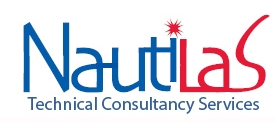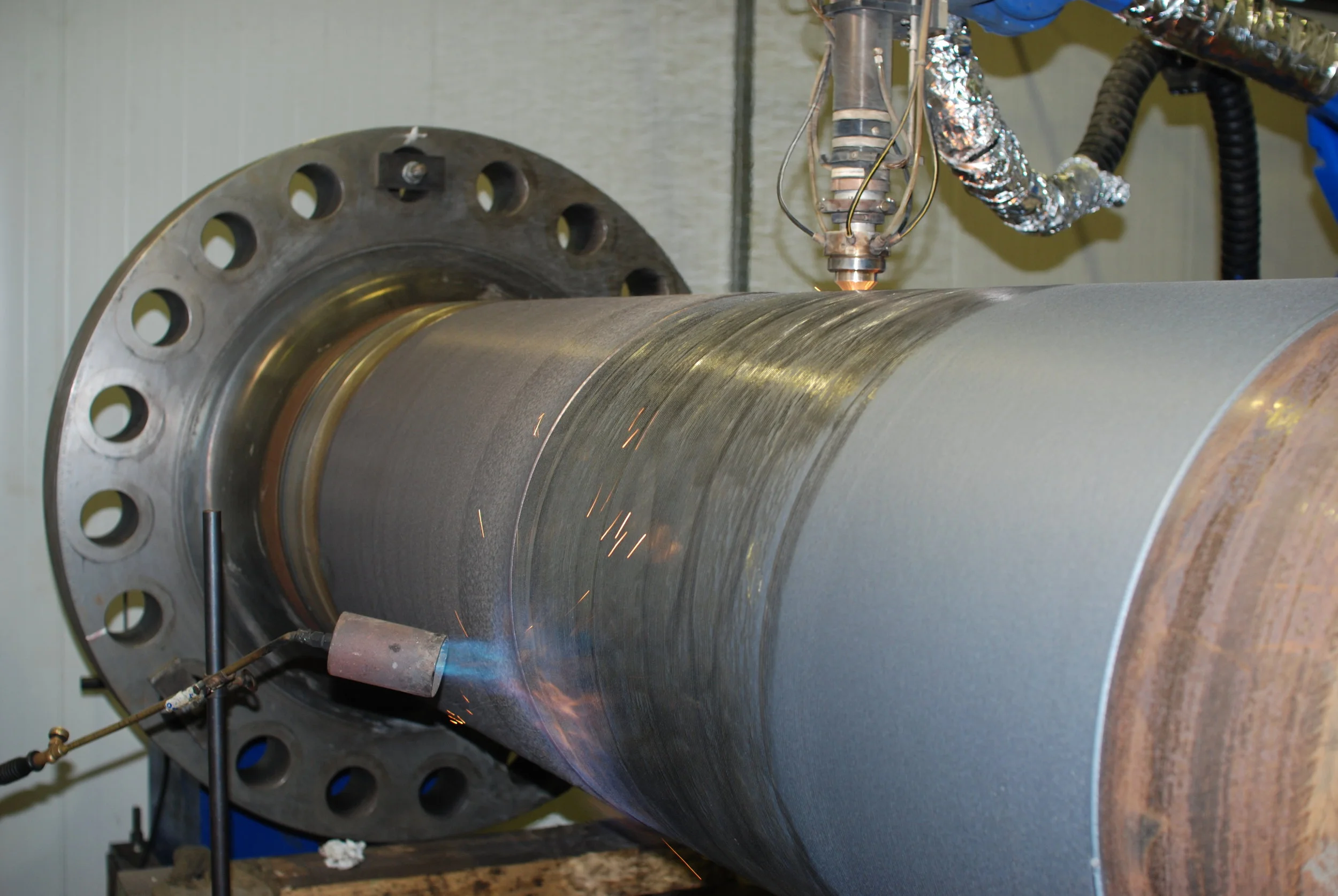Laser Cladding is a fuse welding technique where a high power laser beam is utilised for the melting and fusing of the substrate and filler materials. The reason for using a laser beam instead of an arc is the fact that the former has a much higher energy concentration. As a result, the heat input to the part is minimised and higher welding quality and efficiency is attained. Filler metal is added in many ways. It can be preplaced on the workpiece in the form of paste containing metal powder and welded afterwards, or injected in the form of powder or wire during welding. The technique was originally developed for the aeronautical industry for the reconditioning of gas turbine blades and blisks during the 80s. Although excellent in characteristics, it has seen little appreciation from other industry sectors due to its high capital cost being mainly attributed to the expense of the laser source. The advent of diode and fibre lasers however which have significantly lower prices as well as operational cost, haveled to a considerable development of the technique for the last few years. Its penetration therefore to more humble industries such as the automotive, marine and oil/gas is rather fast. The metallurgical advantages of the technique have allowed the processing of critical parts which could not be repaired in the past with other fuse welding techniques opening new opportunities for performance enhancement and cost reduction. The most significant advantages are given below.
- Minimum distortions and residual stresses in the reconditioned part.
- Very fine overlay thicknesses possible due to low dilution levels (<2%)
- Excellent bonding strength to the substrate compared to some conventional reconditioning techniques. Fusion occurs between the substrate and filler materials.
- Minimised machining allowances due to excellent control of overlay height and smooth as welded surface
- Improved mechanical and tribological properties
- High deposition rates attainable with modern high power lasers
- The use of higher alloyed materials is possible without a considerable increase in cost
- Processing of materials with poor weldabilityfeasible
- A wide range of filler metals are available in powder form at a lower cost to wire equivalents.
- High repeatability
- Low equipment maintenance required.
- Continuous operation possible without the need for nozzle maintenance stops



